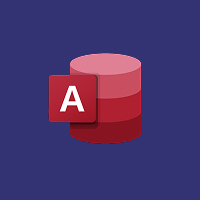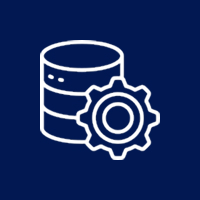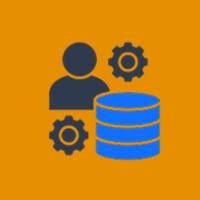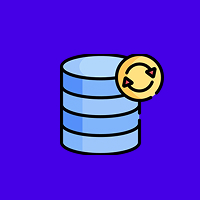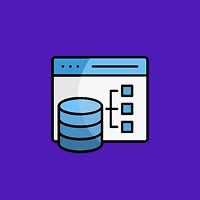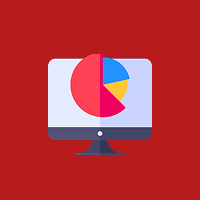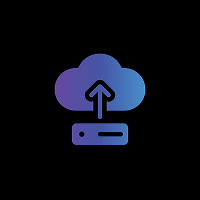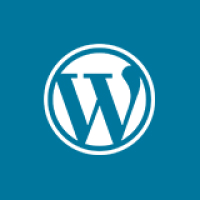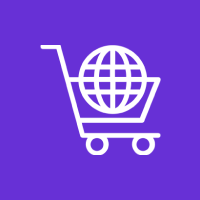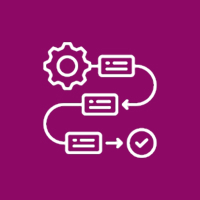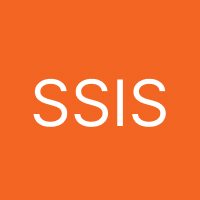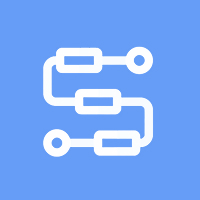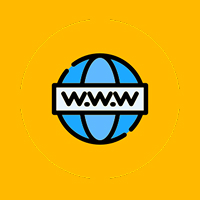The role of performance optimization is crucial in producing web applications that are faster, reliable, and scalable. While the Yii Framework is optimized for speed, there are ways to make it even faster by leveraging a combination of smart caching, query optimizations, configurations, as well as server side tuning. A well-optimized Yii application enhances user experience which in turn leads to improved Search Engine Optimization (SEO), higher conversion rates, and ultimately more efficient use of resources.
1. Enable and configure caching.
Caching is the foundation on which Yii performance optimization is built. Caching minimizes redundant computations, minimizes database interactions, and speeds up delivery of data. Yii has support for multiple types of caching to enable different use-cases and scenarios:
- Data Caching: Cache reusable data like query results, configuration or API response.
- Fragment Caching: Cache reusable portions of a page like menus, sidebars, or widgets.
- Page Caching: Cache the output of entire pages that are infrequently updated.
To increase speed and efficiency even further, consider using Redis, Memcached, or APC for faster read/write processes. Smart cache invalidation is equally necessary in order to limit stale data and maintain consistency.
2. Optimize Database Queries
The performance of your database has a direct impact on the performance of your application. Active Record in Yii is convenient, but poorly structured queries can slow down your application. To optimize your database operations:
- Only fetch columns that you need, avoid the use of SELECT *.
- Eager load your queries (with()) so you do not run into the N + 1 query issue.
- Add indexes to the columns you regularly query.
- Cache your most queried data for faster response times.
- You need to regularly analyze and optimize the schema and relationships used in your database.
If your app is high traffic, consider splitting the read and write databases or using connection pooling, and profiling your queries to identify and fix the performance bottleneck.
3. Use Yii’s Asset Manager the Right Way
The Asset Manager makes it easier to manage CSS, Javascript, and images within Yii. If configured incorrectly, however, the Asset Manager can slow your page load times. To optimize your front-end performance:
- Combine and minify your assets to cut down the amount of files you are requesting
- Enable gzip or Brotli to compress file sizes
- Use a Content Delivery Network (CDN) to distribute files globally
- Lazy load your images and non-essential resources.
When you optimize your assets, you can make a significant contribution to faster rendering on mobile devices and low bandwidth connections.
4. Take Advantage of Php OPcache
OPcache is a built-in extension in PHP that compiles and caches their php script in memory. By enabling it, you do not have to recompile every time a request is made, thus using less CPU and returning a quicker response time.
To optimize this:
- Ensure that OPcache memory allocation is sufficient for the size of your application.
- Monitor the cache hit rate, and clear the cache periodically to avoid serving stale data.
- Use OPcache in conjunction with Yii’s caching and auto-load optimizations for best effect.
5. Reduce Unused Auto-Loading
Every unnecessary module or extension contributes to load time. Yii allows you to create a modular design, therefore gets rid of anything that is not required:
- Disable never used extensions in the config file.
- Use lazy loading of components that you rarely used.
- Install and use Composer optimized autoloader with composer dump-autoload -o.
It keeps your application light-weight, quick, and maintainable.
6. Use HTTP and Browser Caching
HTTP caching and browser caching can dramatically reduce server load by caching non-changing static files on a client-side. Yii Framework provides support for browser caching via filter which automatically handles caching headers like ETag or Last-Modified when a request is made for the page.
Best practices include:
- Only cache static resources; images, fonts, scripts, etc.
- Use proper cache expiration headers.
- Cache busting for versioned assets. etc. A lot off versioned module are already in use.
7. Optimize Server and Environment
Server optimization is an extension of Yii’s performance capabilities. A properly tuned server environment can perfect the performance during peak workloads.
Suggestions:
- Use Nginx or LiteSpeed if you expect a lot of concurrent users.
- Make sure HTTP/2 is turned on to ensure better request multiplexing.
- Make sure to always keep PHP, MySQL, and Yii upgraded to the latest stable releases.
- If you are working with a large application, consider using load balancing or horizontal scaling.
- Use monitoring tools like New Relic, Datadog, or Blackfire for real-time performance insights.
8. Profile/Monitor Application Performance
Continuous profiling can ensure performance bottlenecks are identified prior to end users noticing the decreased performance. Instrumentation such as the Debug toolbar or Profiler in Yii can easily show the query times, the memory usage and metrics around the request.
Measure the optimizations based on these observations to:
- Locate slow queries or unnecessary queries.
- Optimize longer running requests.
- Refactor code to improve loading time.
Regular performance audits keep your Yii applications lean and efficient over time.
Conclusion
Optimizing performance for an application in Yii is a balancing act of when the application optimizations occur within the framework with network performance or server optimizations. Often these various performance optimization work best together, since caching, optimizing your queries, optimizing resource usage, and performance monitoring can allow application developers to build faster, scalable, and more reliable applications.
A well optimized Yii application will lead to improved user experiences and can scale without issue as requirements increase for your business. Yii also represents a commitment to continuous improvements in this area with the successigation of performance improvements strategies within the framework for developers to continuously and consistently. All in all, when application performance or leveraging the framework in different environments; Yii has continued to be one of the premier frameworks for PHP applications truly focused on the performance level.
Contact Us Today


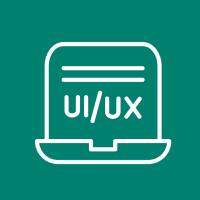
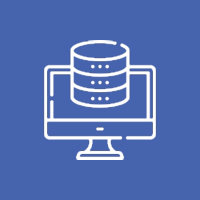
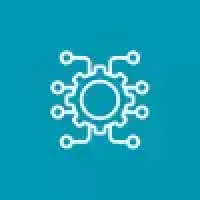




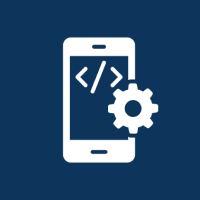



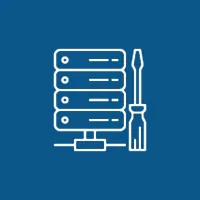 Database Development
Database Development




